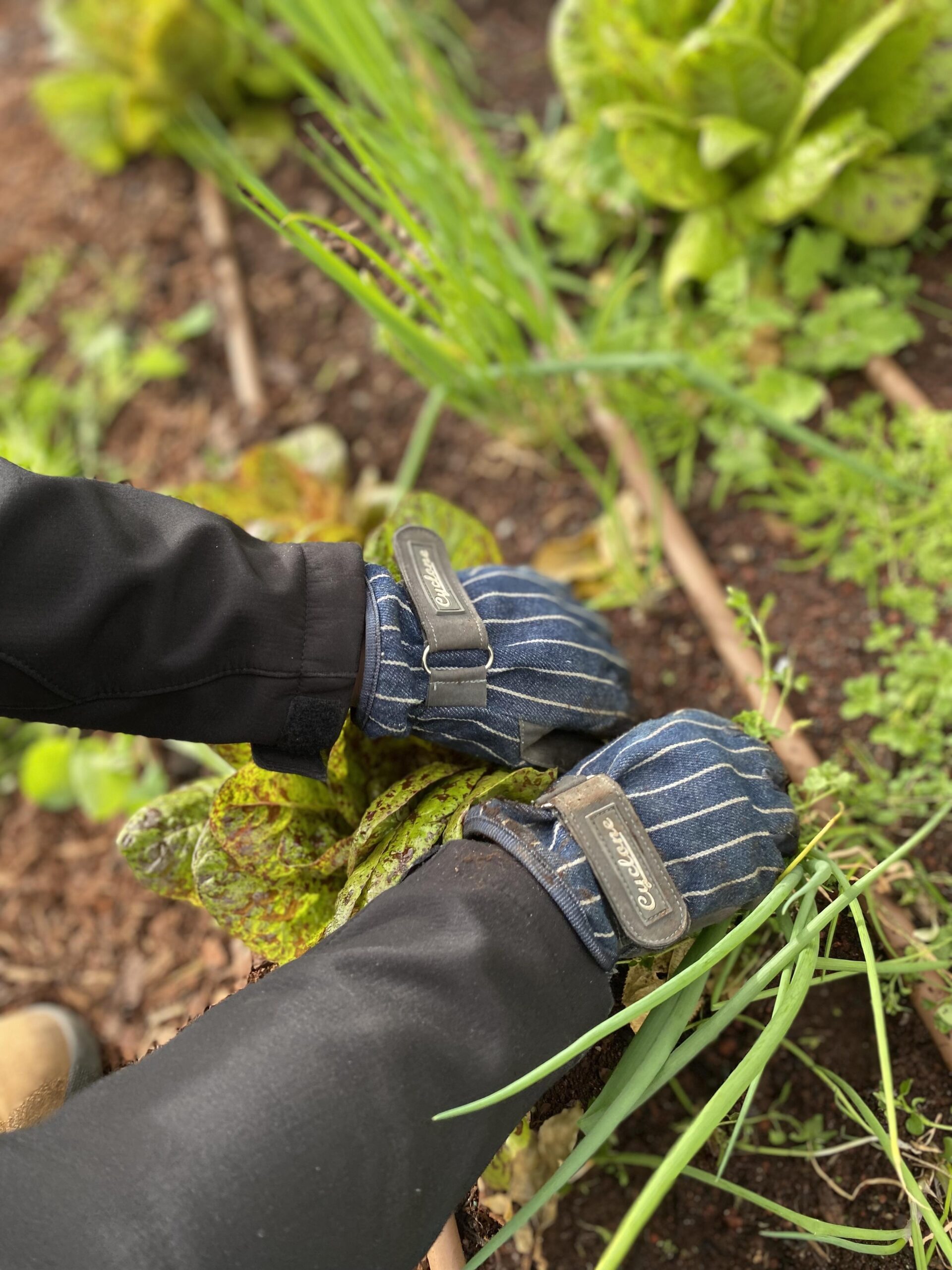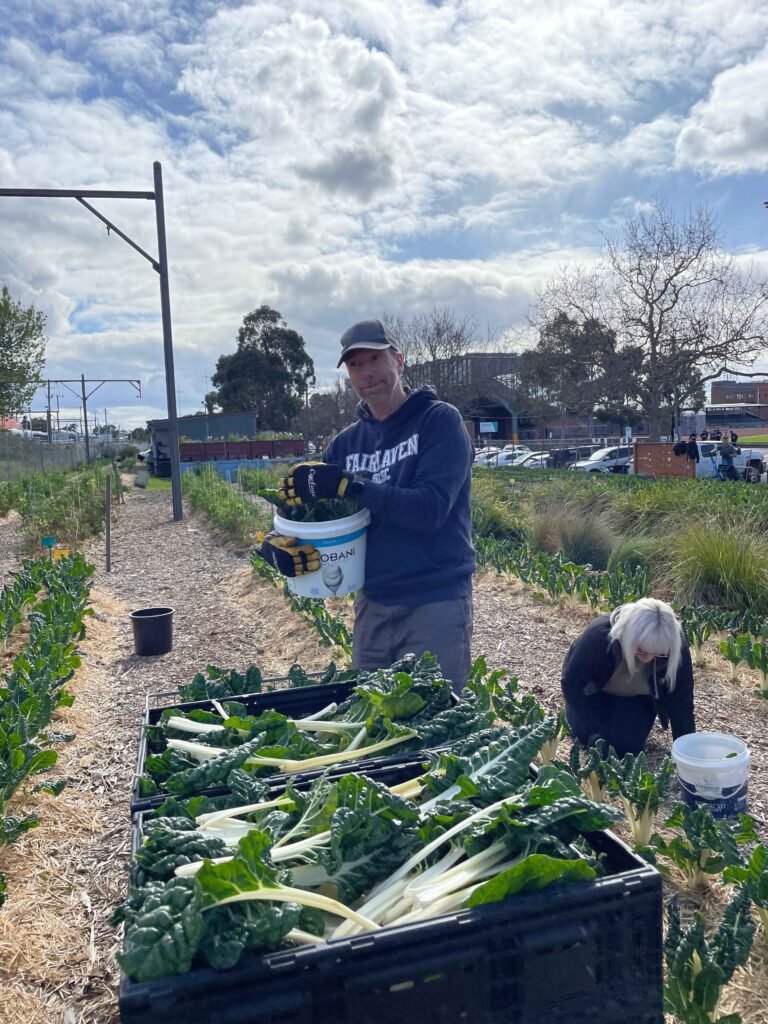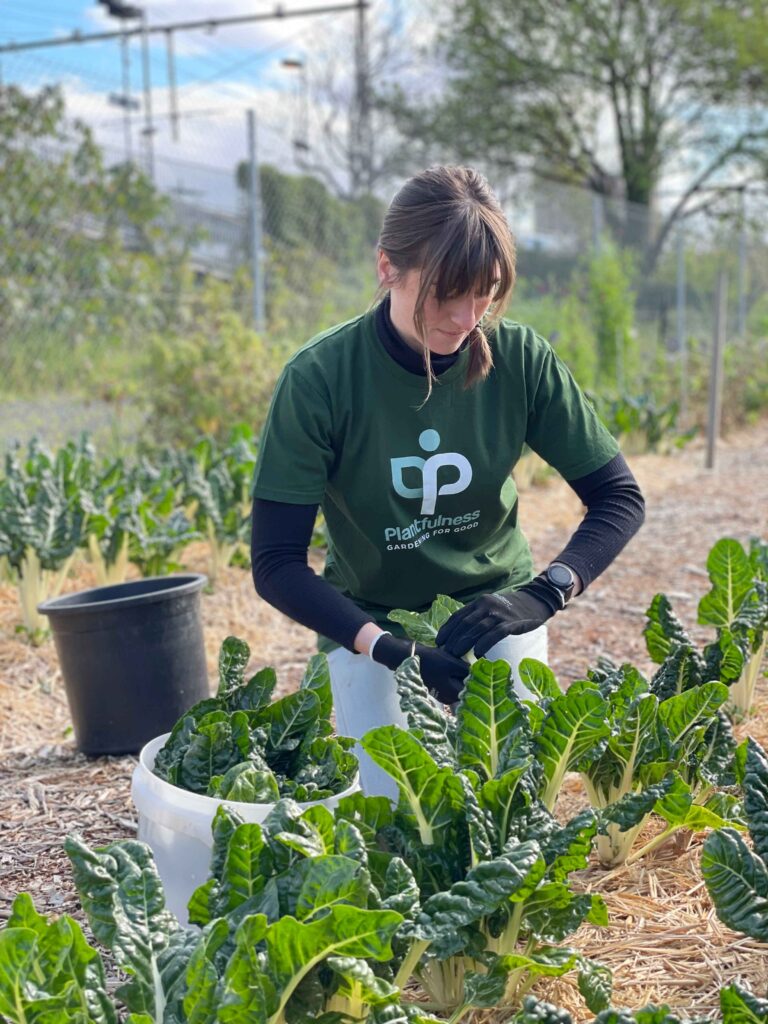
Spring gardening is for you & it’s not too late
Gardening is a hobby that can be incredibly rewarding, especially as you prepare your garden for the vibrant and colorful season of spring. Whether you’re a complete beginner or have a little gardening experience, this guide will help you get your garden ready for the warmer months ahead. Let’s dive in!
- Plan and Dream:
Before you get your hands dirty, take some time to envision your dream garden. Consider what types of plants, flowers, or vegetables you’d like to grow. I love to take inspiration from walks around the neighborhood. Research the climate and soil conditions in your area to ensure you choose plants that thrive in your region. Sketch out a rough garden layout to help you visualize the space.
- Clean and Tidy:
Start by cleaning up your garden space. Remove any debris, dead plants, or weeds that may have accumulated over the winter. This is also a good time to inspect your garden tools and give them a thorough cleaning or sharpening, ensuring they are in good working condition for the season. Making sure you’ve got the right tool for the job and investing in something that will take you through all seasons will make the job so much more enjoyable.
- Soil Preparation:
Healthy soil is the foundation of a successful garden. Test your soil to determine its pH level and nutrient content. You can buy a soil testing kit or send a sample to a local agricultural extension office. Based on the results, amend your soil with compost, organic matter, or specific fertilizers to ensure it’s in optimal condition for your chosen plants.
- Select Your Plants:
With your dream garden in mind and well-prepared soil, it’s time to choose your plants. Consider a mix of perennial flowers, annuals for seasonal color, and perhaps some vegetables or herbs if you’re interested in growing your own food. Remember to read the plant labels for specific care instructions.
- Planting Time:
As spring is here, it’s time to start planting. Follow the recommended planting dates for your area to avoid any unexpected frost. Be sure to space your plants according to their mature size (don’t make this mistake like I do every time, split them up!) and water them thoroughly after planting.
- Mulch and Maintenance:
Apply a layer of mulch around your plants to help retain moisture, suppress weeds, and regulate soil temperature. Throughout the spring, be diligent about watering, weeding, and monitoring your garden for signs of pests or diseases. Regular care is essential to a flourishing garden. Think of it as your own self-care.
- Learn and Adapt:
Gardening is a continuous learning process. Pay attention to how your garden responds to different conditions and make adjustments as needed. Don’t be discouraged by setbacks; they’re all part of the learning experience.
- Connect with Fellow Gardeners:
Consider joining a local gardening club or online gardening community. Sharing experiences and advice with others who share your passion can be both educational and inspiring.
No one knows anything when they start, it’s all about the process.
- Enjoy the Fruits of Your Labor:
As spring progresses into summer, your garden will burst into life with colors, scents, and possibly even delicious produce. Take time to relax and enjoy your outdoor oasis. Host gatherings, have a picnic, share your produce or simply soak in the beauty of your garden while you give it a good water.
Preparing your garden for spring is not just about planting flowers and vegetables; it’s a journey of growth, learning, and connection with nature. By following these steps and staying dedicated to your garden, you’ll soon reap the rewards of your hard work. So, roll up your sleeves, put on your gardening gloves, and let the magic of spring bloom in your very own backyard! Happy gardening!




